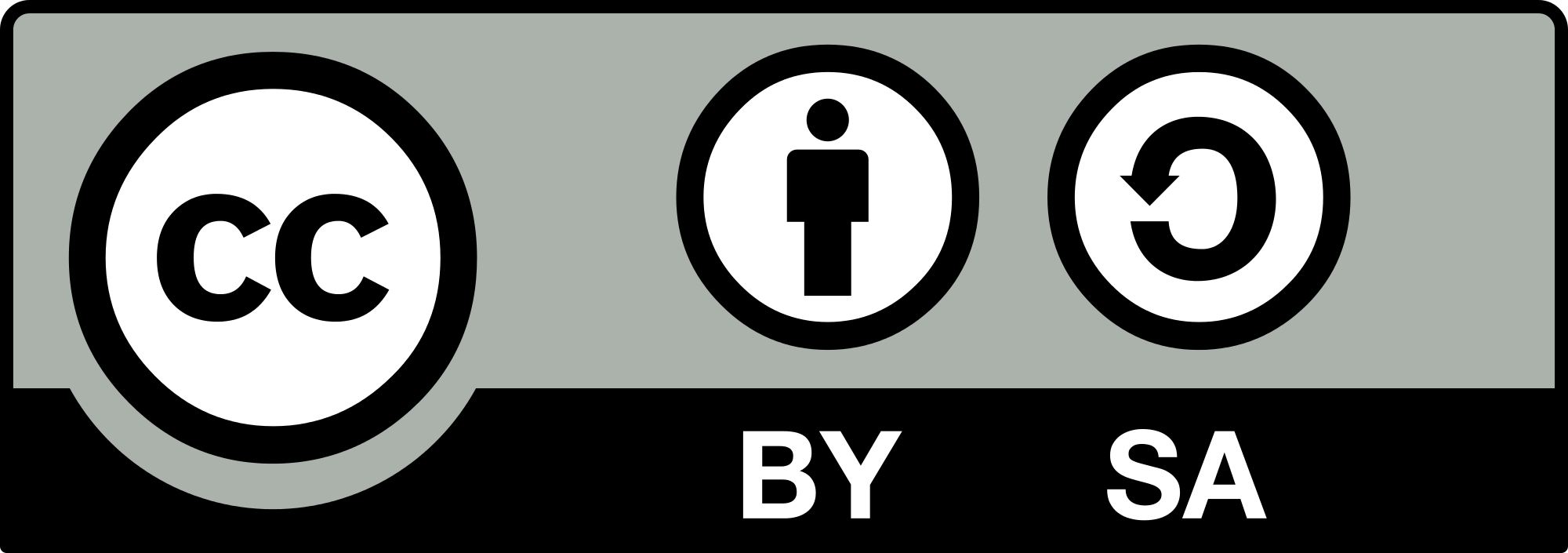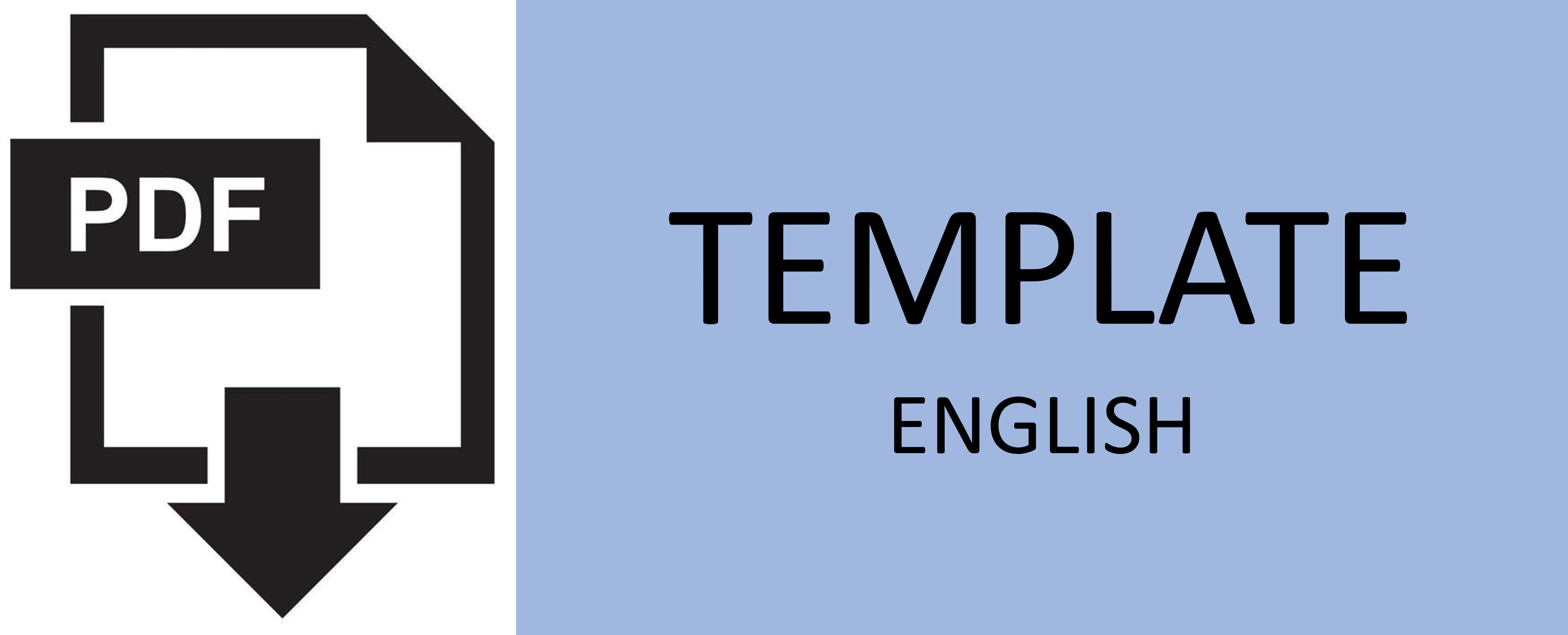Analytic Hierarchy Process as a Determinant of Irrigation Allocation Priorities with e-Paksi Parameters
Abstract
Keywords
Full Text:
PDFReferences
I. S. Ramadhan, D. Muslim, Z. Zakaria, and T. Pramudyo, “Penurunan Permukaan Tanah di Pesisir Pantai Utara Jawa, Desa Bandarharjo dan Sekitarnya, Kota Semarang, Jawa Tengah,” Padjadjaran Geosci. J., vol. 5, no. 4, pp. 381–393, 2021.
T. O. Al Akbar, Y. Prasteyo, and A. P. Wijaya, “ANALISIS DAMPAK PENURUNAN MUKA TANAH TERHADAP TINGKAT EKONOMI MENGGUNAKAN KOMBINASI METODE DINSAR DAN SIG(STUDI KASUS : KOTA SEMARANG),” J. Geod. Undip, vol. 4, no. 4, pp. 316–324, 2015.
“Fasilitasi OP D.I. SIM (IPDMIP) Tahun Anggaran 2022,” Sukoharjo, 2022.
C. A. Roliono, “Evaluasi Penggunaan Irigasi Air Tanah Dan Air Permukaan Menggunakan Metode Ahp,” Institut Teknologi Sepuluh Nopember, 2023. [Online]. Available: https://repository.its.ac.id/99089/
T. Tahadjuddin, “Penilaian Kinerja Daerah Irigasi Cikunten I Kabupaten Tasikmalaya,” Sci. J. Sci. Technol., vol. 8, no. 1, pp. 689–706, 2018, doi: https://doi.org/10.37150/jsa.v8i1.323.
K. P. Umum, PETUNJUK PELAKSANAAN (JUKLAK) PENGELOKAAN ASET DAN KINERJA SISTEM IRIGASI (PAKSI). 2019.
J. HM, Sistem Informasi Keperilakuan. Yogyakarta: Andi Offset, 2007.
L. Muhamad Bakti et al., “Dampak Rehabilitasi Jaringan Irigasi Terhadap Nilai IKSI Di Daerah Irigasi Kewenangan Pusat,” 2022. [Online]. Available: https://kmc-pengairan.bappenas.go.id/knowledge-management/download/388
N. Özeyranlı Ergenç and Barış, “Prioritization of hazard profile for Istanbul using Analytical Hierarchy Process,” Nat. Hazards, vol. 90, no. 1, pp. 325–336, 2018, doi: 10.1007/s11069-017-3041-x.
S. P. Cheng and R. Y. Wang, “Analyzing hazard potential of typhoon damage by applying grey analytic hierarchy process,” Nat. Hazards, vol. 33, no. 1, pp. 77–103, 2004, doi: 10.1023/B:NHAZ.0000035019.39096.b5.
Y. R. Savitri, R. Kakimoto, R. A. Begum, N. Anwar, W. Wardoyo, and E. Suryani, “The Application of AHP to Determine the Priority Drainage System on Flood Mitigation in Surabaya – Indonesia,” J. Disaster Res., vol. 17, no. 3, pp. 431–443, 2022, doi: 10.20965/jdr.2022.p0431.
M. N. Sutoyo, “Metode Analytic Hierarchy Process AHP,” pp. 1–11, 2019.
DOI: http://dx.doi.org/10.12962%2Fj20861206.v40i1.21899
Refbacks
- There are currently no refbacks.

Journal of Civil Engineering is licensed under a Creative Commons Attribution-ShareAlike 4.0 International License.







.jpg)